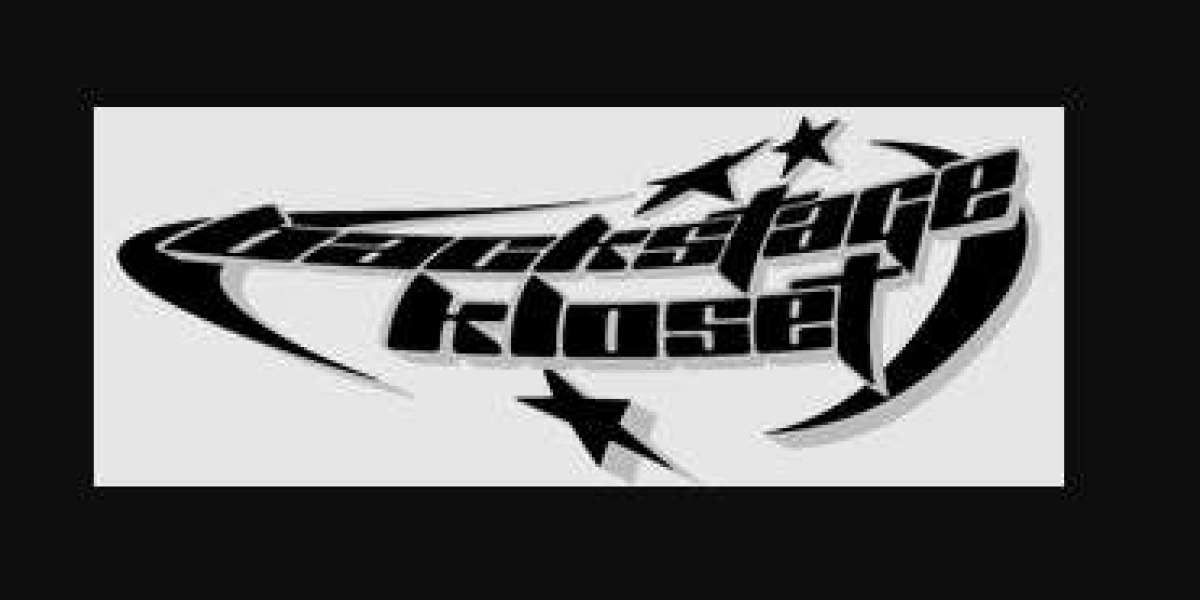When it comes to carrying your firearm outside the waistband (OWB), selecting the right holster is a crucial decision. The market offers a plethora of options, each catering to different preferences, body types, and carrying styles. In this guide, we'll delve into the various styles of OWB holster available and provide insights to help you make an informed choice.
1. Pancake Holsters
Pancake holsters are a popular choice for OWB carry due to their flat design and versatility. These holsters hug the body closely, providing excellent concealment while maintaining accessibility. The pancake style distributes the weight of the firearm evenly, ensuring comfort for extended wear. Look for adjustable retention and belt slots for a customizable fit.
2. Slide Holsters
Slide holsters, also known as belt holsters, are straightforward and easy to use. They slide onto the belt, securing the firearm close to the body. These holsters are favored for their simplicity and quick draw capabilities. When choosing a slide holster, consider the material – whether leather, Kydex, or nylon – and ensure it aligns with your comfort and durability preferences.
3. Paddle Holsters
Paddle holsters feature a paddle-shaped attachment that slips inside the waistband, providing stability without the need for a belt. This design allows for easy removal and attachment, making it a convenient option for those who frequently take their holster on and off. Look for adjustable cant options to customize your draw angle.
4. Duty Holsters
Designed for law enforcement and military use, duty holsters prioritize security and retention. These holsters often incorporate additional retention devices, such as thumb breaks or automatic locking systems, to prevent unauthorized access to the firearm. While excellent for professional use, duty holsters may be bulkier and less suitable for concealed carry.
5. Retention Level Considerations
When choosing an OWB holster, consider the retention level that suits your needs. Holsters typically offer passive retention through friction or active retention using mechanisms like thumb breaks, hood systems, or retention screws. Strike a balance between security and ease of draw based on your preferences and the intended use of the holster.
6. Material Matters
Holster materials vary widely, with popular options including Kydex, leather, and nylon. Kydex holsters are known for their durability and retention, while leather holsters offer a classic aesthetic and can conform to the shape of your firearm over time. Nylon holsters are lightweight and affordable, suitable for those on a budget.
7. Consider Your Firearm and Clothing
The type of firearm you own and your choice of clothing play a significant role in holster selection. Ensure the holster is compatible with your firearm's make and model, and consider how it will interact with your clothing choices. A well-chosen OWB holster should provide both security and discreet concealment.
Conclusion
In conclusion, finding the right OWB holster involves considering your carry preferences, body type, and the specific demands of your daily activities. Whether you opt for the streamlined design of a pancake holster or the quick accessibility of a slide holster, make an informed decision based on your unique needs. Remember to prioritize safety, comfort, and functionality in your quest for the perfect OWB holster.
Choosing the right OWB holster is a personalized journey, and understanding the various styles available is the first step towards responsible and comfortable carry. Take the time to assess your needs, explore different options, and invest in a quality holster that aligns with your lifestyle and preferences.








